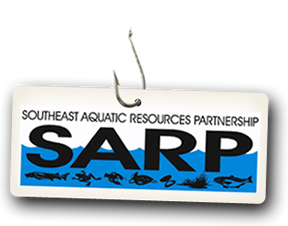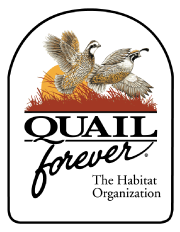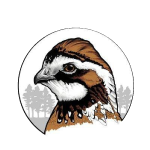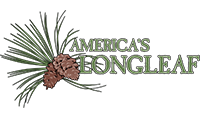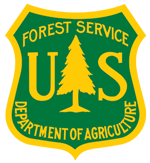NRCS Conservation Practices and Materials
Impediments to Prescribed Burning: NRCS Interviews
NRCS contracted with NC State to conduct a series of interviews with NRCS state office and field staff, along with some key partners, to collect observations on major impediments to implementing prescribed burning on-the-ground. The Executive Summary is posted here; for a copy of the full report contact Bridgett.Costanzo@usda.gov.
Soil, pH, Northeast
Soil pH measures acidity, which affects nutrient uptake by plants. The most common soil laboratory measurement of pH is the 1:1 water method. A crushed soil sample is mixed with an equal amount of water, and a measurement is made of the suspension. The dataset was derived from the following source: -U.S. Department of Agriculture, Natural Resources Conservation Service (NRCS). This data set consists of general soil association units. It was developed by the National Cooperative Soil Survey and supersedes the State Soil Geographic (STATSGO) data set published in 1994. It consists of a broad based inventory of soils and nonsoil areas that occur in a repeatable pattern on the landscape and that can be cartographically shown at the scale mapped. The data set was created by generalizing more detailed soil survey maps. Where more detailed soil survey maps were not available, data on geology, topography, vegetation, and climate were assembled, together with Land Remote Sensing Satellite (LANDSAT) images. Soils of like areas were studied, and the probable classification and extent of the soils were determined.
Healing from the Inside Out
Perspectives from the first Indigenous woman to ever serve as a U.S. Fish and Wildlife Service Native American liaison
Amazing Creatures in Longleaf Pine Flatwoods and Sandhills
A wide diversity of remarkable animals calls longleaf pine flatwoods and sandhills habitats home.





